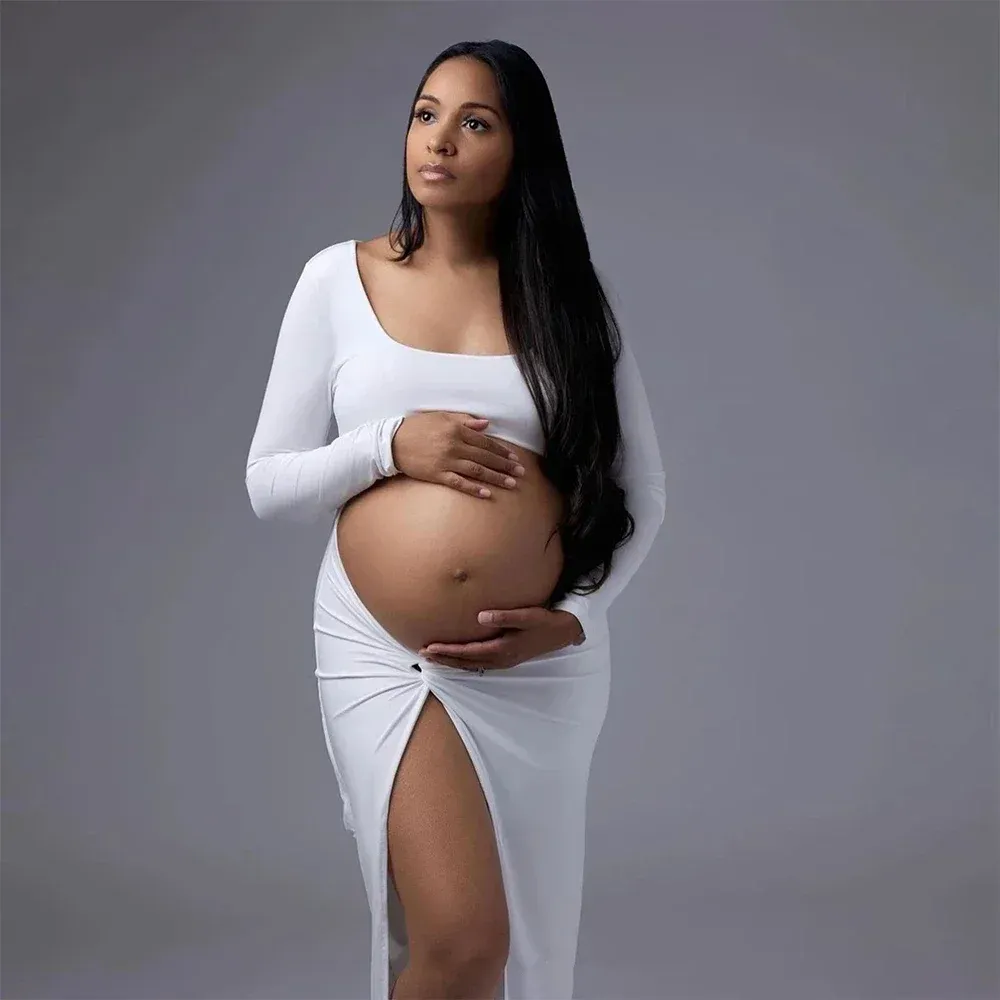By: Jordan Thompson
Updated: Aug. 2, 2023
Originally Published: Jan. 11, 2023
My partner, Lisa, sat on the couch, tears streaming down her face. Concerned, I asked what was troubling her, but she didn’t respond right away. I suspected it might be one of those moments that expecting mothers experience, where overwhelming emotions take over and lead to anxious thoughts like, “What if our child is born with a rare condition?” or “What if they get involved with the wrong crowd?” After a moment, she finally murmured, “I’m just worried that he won’t look like me. People might think I’m just a babysitter.”
I’m Black, and Lisa is white. We have three children together, the youngest being just 18 months old, with dark eyes and that ambiguous skin tone that makes people second guess their assumptions. Our two older children, ages 3 and 4, have blue eyes and fair skin. While people rarely question if I’m their babysitter due to my gender, I often find myself fielding questions about my relationship to them, as if my presence alone is an anomaly.
As the father of two biracial children who are lighter-skinned, I often feel like I’m living in a reality show where people’s curiosity knows no bounds. A woman at the park once stared at us for so long that she finally mustered the courage to ask, “Where do they come from?” Caught off guard, I could only respond, “They’re my kids… from down the block.” Another incident involved a restaurant owner who scrutinized my credit card featuring my children’s faces, warning me, “If they marry white, their kids will be all white. All your blackness… gone.” I nodded, signed the receipt, and felt a mix of frustration and amusement.
Then there was the woman at the mall who exclaimed, “Look at their eyes!” When she inquired about their eye color, I proudly replied, “Yep, they’re mine. All three of them.” Her response? “I want some like that!”
Only our eldest, 4-year-old Leo, has begun to grasp the concept of race. This awareness surfaced as he developed a fascination with pop culture, particularly Michael Jackson. After watching the “Black or White” video repeatedly, he asked, “What color is my skin?” My instinct was to tell him he’s black, given our family’s history and the cultural significance behind it. However, I also recognized that I had internalized the one-drop rule, a relic of a bygone era dictating that any trace of African ancestry categorizes someone as Black, regardless of their appearance.
I’ve known biracial individuals who find themselves in a sort of limbo, not fully accepted by either the Black or white communities. The backlash faced by celebrities like Raven-Symoné and Taye Diggs for expressing their identities underscores the complexities of racial identity in today’s society.
Ultimately, we decided to give Leo the freedom to choose how he identifies racially, irrespective of his skin color. Lisa encouraged him to explore this idea: “What color do you think you are?” After a moment of contemplation, Leo answered, “Black, Mama.” I felt a sense of pride, similar to when a favorite team wins a crucial game. This wasn’t about rejecting Lisa’s heritage but rather celebrating the diversity of our children’s identities.
My hope is that our boys will have the liberty to self-identify without facing judgment, a notion I strive to embody myself. It may seem naive or overly optimistic, but just as societal norms around interracial relationships have evolved, so too can our understanding of racial identity. Perhaps we can take a page from Michael Jackson’s message about unity. For more insights on parenting in such diverse circumstances, check out this related post on biracial identities here.
In our journey, I want them to know they can embrace any part of their heritage—black, white, or a blend of both. They can choose their identity as they grow, free from societal pressures. In this way, I hope we can foster an environment of acceptance and love.
For parents considering home insemination options, reputable resources like Make a Mom offer the tools needed for family planning. Additionally, Facts About Fertility provides excellent insights related to pregnancy and home insemination.
Summary:
This article explores the importance of allowing biracial children the freedom to choose their own racial identities in a world filled with assumptions and biases. Through personal anecdotes, the author navigates the complexities of racial identity, emphasizing the need for acceptance and self-definition within diverse family dynamics.

Leave a Reply